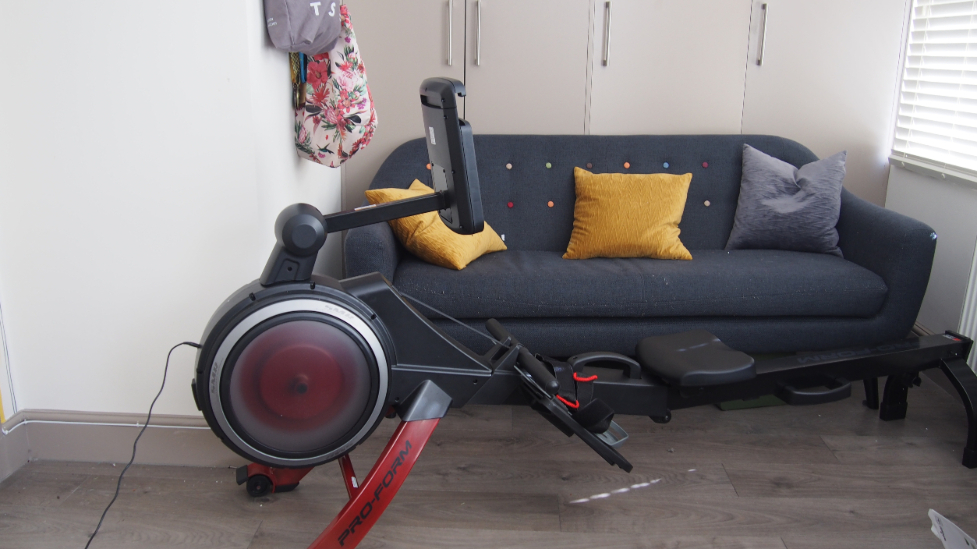Our Verdict
The ProForm 750R rower is a sturdy and quiet machine, with satisfyingly tough resistance settings. The integration with the iFit app offers a wealth of engaging on-demand workouts for less than you’ll pay with other connected rowers, although it is lacking live rowing workouts. The folding design means it doesn’t have to dominate a room, though it’s a heavy and awkward rower to move around.
For
- Wide range of resistance levels
- Sturdy and stable
- Foldable
- Connects to iFit app for rowing and non-rowing workouts
Against
- Basic on-board workouts
- No built-in screen
- Heavy
- Design is underwhelming
You can trust Coach
In the past few years, home cardio machines have embraced the digital revolution, connecting to workout apps so you can invite virtual trainers into your home to guide your training, then switch them off before they overstay their welcome.
The best rowing machines to have done this cost four figures, but the ProForm 750R offers a more affordable three-figure entry point into the world of connected rowers. After reviewing one of the more expensive connected models, the Hydrow, and the mid-range Echelon Smart Rower, I was keen to see how the 750R stacked up.
As with Echelon’s rower, there’s no built-in screen so you need to use a smartphone or tablet, but unlike the Echelon, the 750R can fold up when not in use.
ProForm 750R Review: Price And Availability
At £799, the 750R is ProForm’s second priciest rower (the £1,199 Carbon R10 takes top spot). That puts it in a price range with the most established and popular rowers, the Concept2 RowErg and DKN’s H20Ar rower, although neither of these offers guided workouts through connected apps.
In addition to the upfront cost, you should budget for the ongoing cost of the iFit app. ProForm gives you a 30-day family membership subscription to try this out. After that, it’s £10 a month for an individual membership or £28 a month to keep that family membership. That’s more affordable than the £38 a month it costs to subscribe to Hydrow’s app and £29.99 for Echelon’s.
The Set-Up
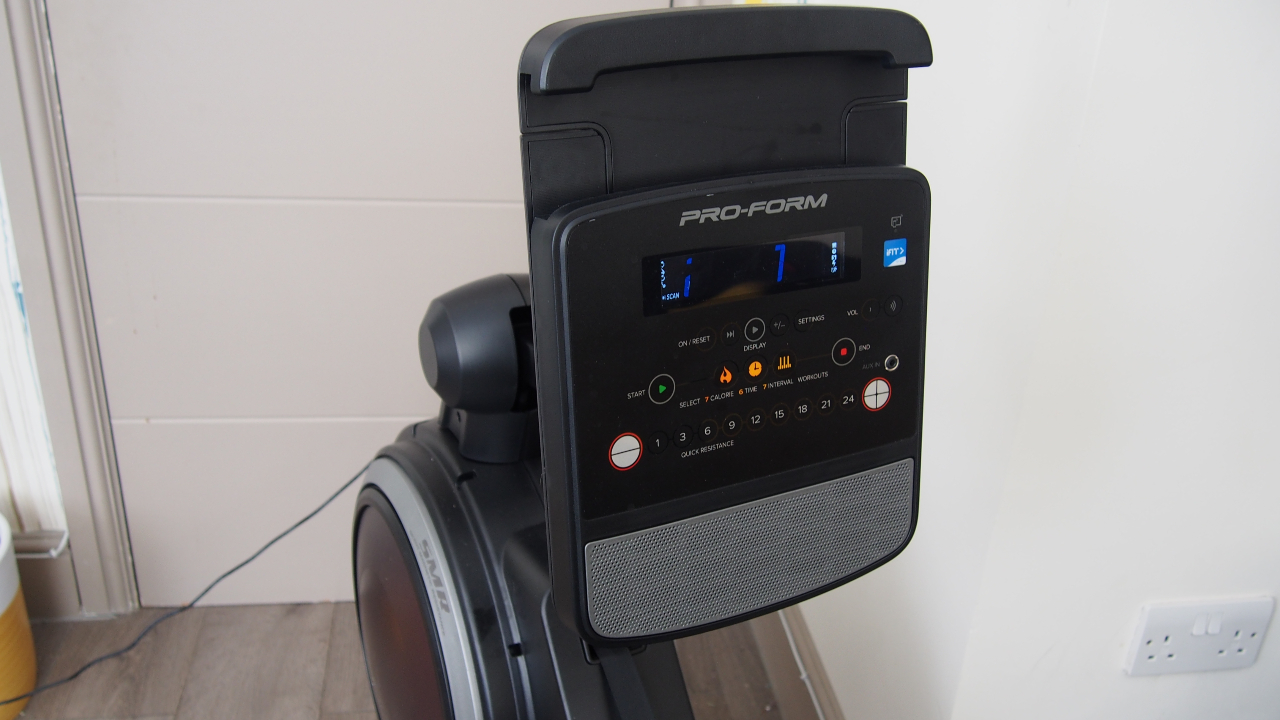
The box this machine arrives in is big and heavy, so it’s advisable to have someone around to help you with it, especially for when you have to pull the rail away from the main frame so you can drop in the seat and attach the console. That said, it’s straightforward to put it together because there are only a few screws.
When the rower is fully open, its 213cm (7ft) frame and sizable flywheel feels big in a room of moderate size – it certainly dominated my living room. Thankfully, the rowing machine can be folded up using the handle in the centre. You lift the handle to tuck the rail and seat into the rest of the frame.
There are wheels at the front to make it easier to move around, though I found the top-heavy nature of the design made it awkward to do this. Plus the plastic handle you need to lift it broke during my testing.
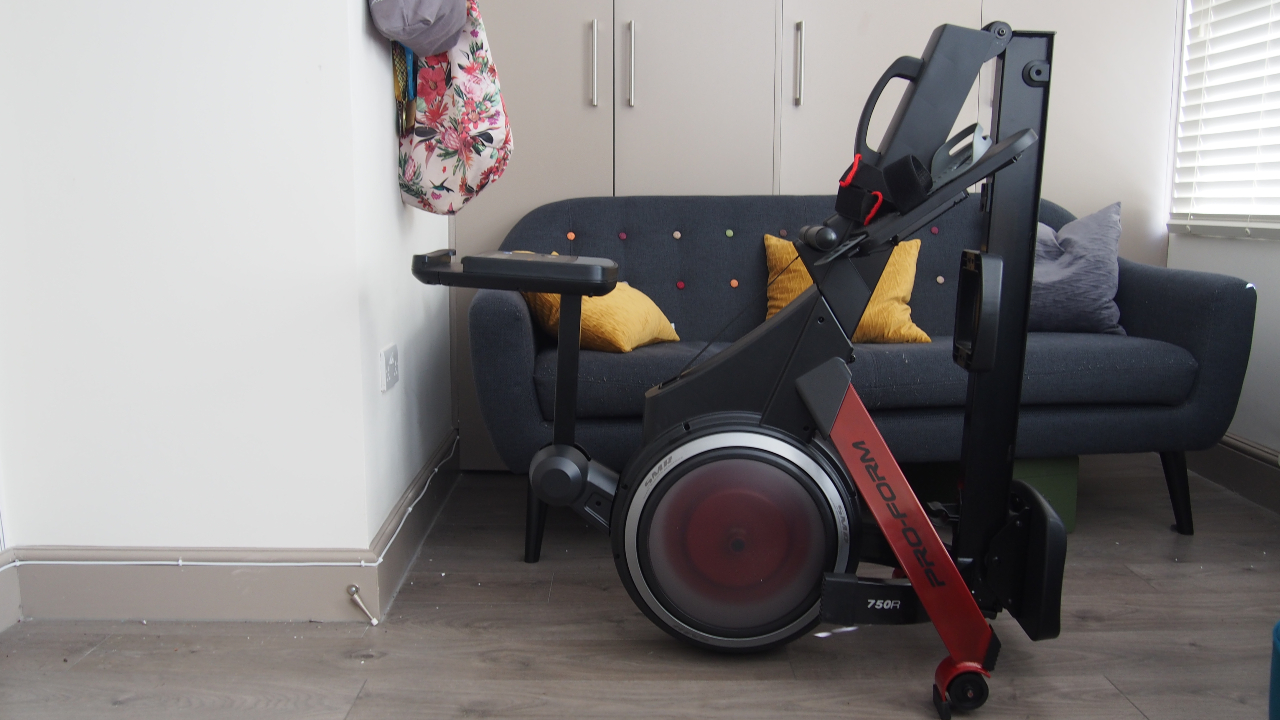
The 750R uses magnetic resistance, which requires electricity to work, and the supplied cable isn’t long so you will need to position the front in close proximity to a plug socket (unless you’re happy to use an extension cable).
The 750R looks like a typical mostly-black rower and can overwhelm a room. There are slicker-looking rowers but it feels well built, with accommodating foot pedals that use Velcro straps to hold your feet in place, and it doesn’t move around when you’re rowing your hardest.
The Experience
I like a lot of resistance when I row and with 24 resistance levels the 750R had something which really put my arms to the test.
It’s pleasantly quiet, too: a gentle whirring and a little noise from the seat sliding are all that can be heard as you row. While the seat is accommodating and comfortable on short and longer rows, it may be on the narrow side for some.
The console looks basic but does the job, with buttons to adjust the resistance incrementally or in bigger jumps. Resistance is adjusted automatically during connected workouts, according to the demands of your trainer, and it doesn’t lag when it needs to respond to those changes.
The preset options on the machine are simply to row, set a calorie or duration target, or follow a straightforward interval workout. I tried all these modes and can’t say they offered especially engaging or interesting workouts. The interval workout simply jumped from one resistance level back to another for the duration of the workout.
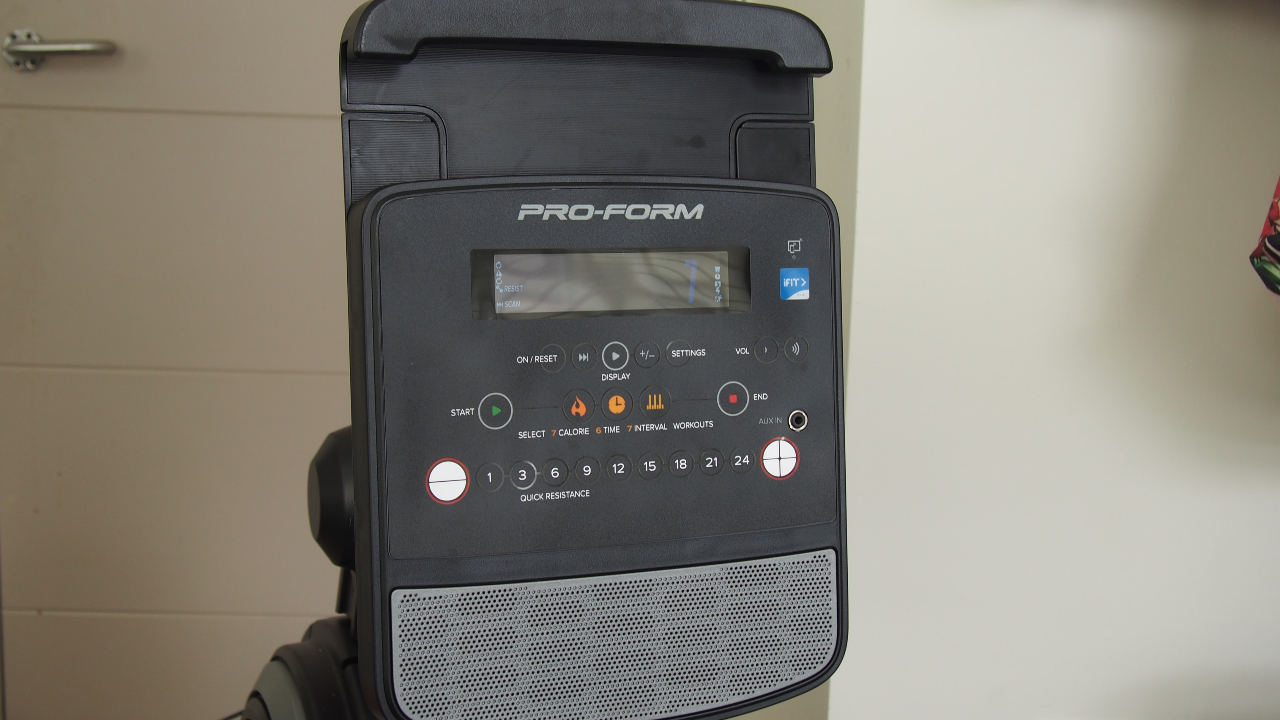
There is a basic, albeit good-size, colour display at the top of the console, which scans through stats in real time including strokes, calorie burn, strokes per minute, resistance level, split times, time, distance covered in metres and wattage.
There are buttons to change the volume of tones when you adjust resistance levels and there is also an AUX-in port to play music through the speaker at the bottom of the console. Disappointingly, it can’t play sound from the iFit app when it’s connected to the machine.
The iFit app makes for a more rewarding experience. There’s a space above the console to secure a tablet or phone, though as we found on one phone we tested, the clamping nature can press down on phone buttons. This is a set-up with a tablet in mind.
The iFit app impresses with both rowing and non-rowing workouts for all abilities. You can browse and filter based on targeting a particular area of the body, focus on building strength, or pick an exotic location to row in.
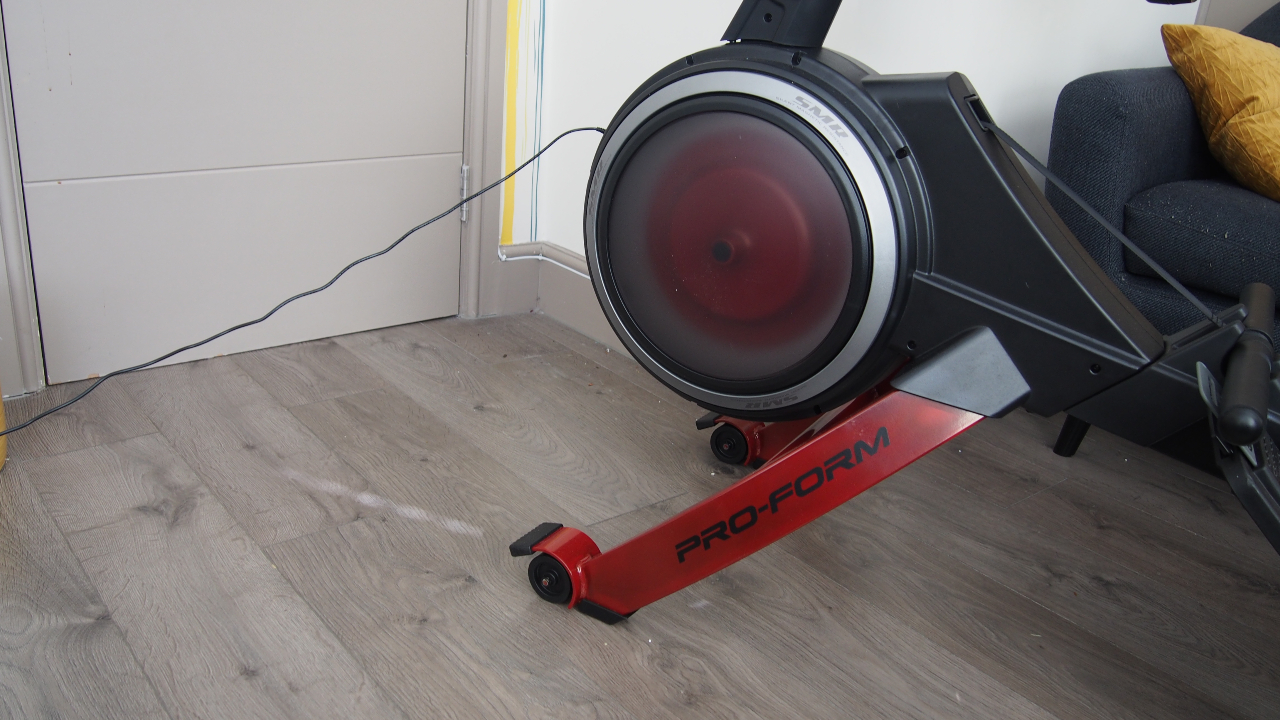
During workouts, you can see real-time stats like distance, strokes per minute and 500 split per 500 metres. You’re dropped in the view of the trainer for outdoor workouts and in front of an instructor in studio mode.
I tried a mix of classes based in studios and on location, and found a satisfying mix of difficulty. The trainers don’t grate on you and they work you hard with controlled resistance levels well implemented into the workouts I tried. I found the tracking accurate as well when compared with the indoor rower tracking on the Garmin Epix (Gen 2) – stroke counts and averages largely matched up.
Unfortunately, iFit doesn’t offer live rowing classes to add a competitive element, but you can see your milestones and weekly, monthly and yearly totals to give you a sense of how much time you’ve put in.
My only other gripe is that because the app offers so many types of workout, searching for rowing-specific workouts can be challenging because the search often returns results for non-rowing workouts too. It’s not a dedicated rowing workout app and it shows, but what is there will serve all levels of rowers well.
Verdict
The ProForm 750R is a solid rower, though by no means perfect. There are elements in the design I didn’t love and while you can fold it down to make it smaller, I’d only recommend it for people with a good amount of space because it has a significant footprint when it’s open.
It offers a smooth and quiet rowing experience with a range of digital resistance levels, which are put to best use when you pair it with an iFit subscription. If you want a more affordable route into connected rowing, it’s a great choice.

Mike is an experienced journalist, beginning his career in 2008, and is a keen runner and swimmer. As a contributor to Coach, he covers swimming and reviews rowing machines.
